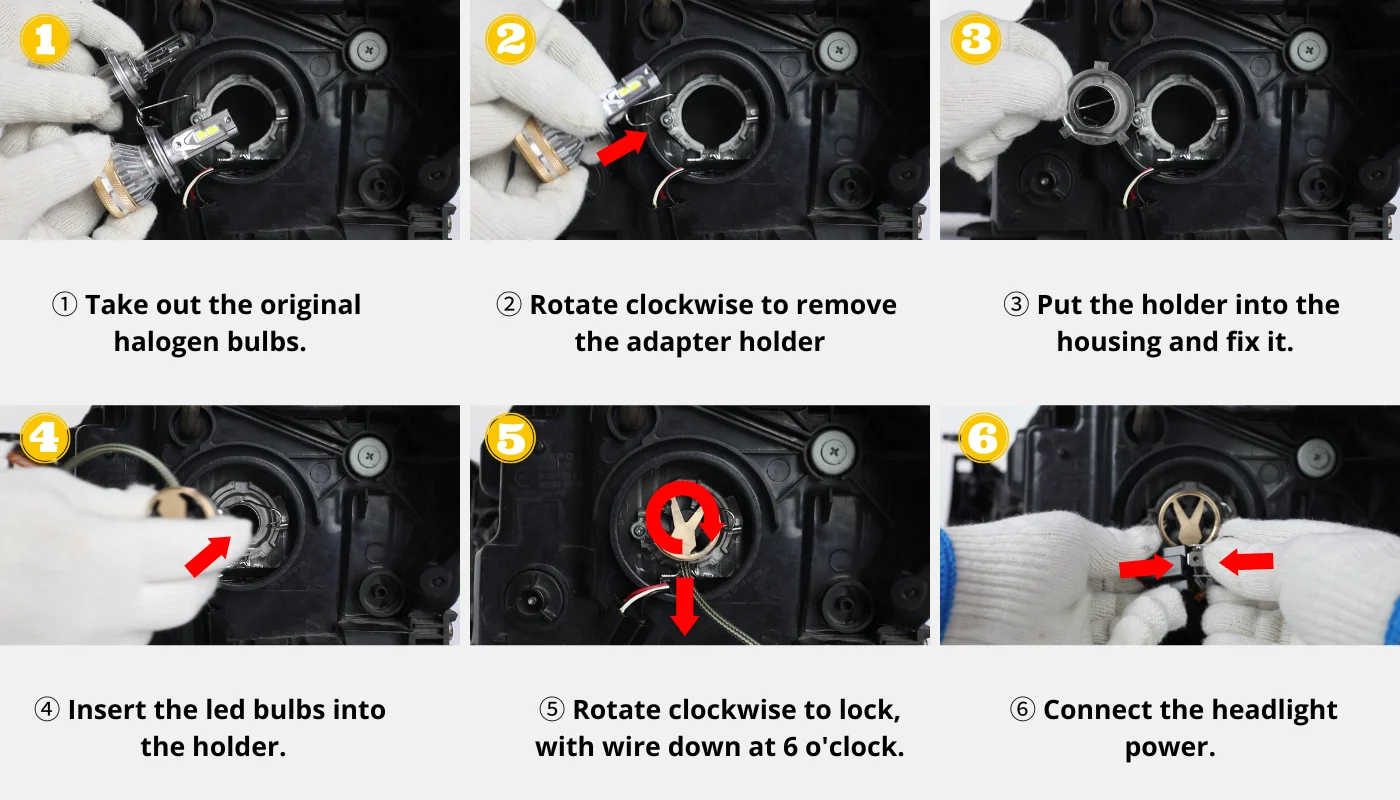Exploring the Latest Trends in Electric Vehicles
The EV market is moving at an incredible pace. McKinsey estimates that EV models will grow sixfold between 2021 and 2030.
Consumers are sensitive to the relative total cost of ownership of EVs versus ICE vehicles. As a result, OEMs are working hard to reduce their EV pricing premium.
New battery technology is helping EVs achieve even greater range. This is especially important for commercial vehicle purchasers.
1. More Models
With a growing number of models available, consumers are more open to switching from traditional gas vehicles to electric ones. And that’s good news, because more models equals higher sales.
Currently, there are more than 90 distinct electric vehicle options on the market. While there is still a lot of work to be done, these numbers are promising.
Many consumers have remained skeptical of switching to EVs because they have been concerned about the upfront costs. However, these concerns are slowly dissipating as governments continue to offer compelling financial incentives to make the switch.
As EVs become more commonplace, manufacturers are expanding their offerings to include smaller cars that cater to a wider range of consumer needs. They are also adding features that will allow EVs to function as mobile power generators. From supporting the grid with a Vehicle to Grid (V2G) setup, to powering your home during a power outage via a Vehicle to Home (V2H) set-up, the possibilities are endless.
2. More Charging Options
EVs are gaining popularity with consumers and businesses alike. For example, many business owners choose EVs to help lower operating costs. These vehicles typically have a more efficient engine, can go further on a charge and have the flexibility to add more battery power. EVs also come with an easy-to-use infotainment system and can receive over-the-air updates to improve performance features.
Electric motors respond quickly, delivering plenty of acceleration the moment you need it. This makes driving an EV exhilarating, whether you’re merging onto a freeway or passing another car on the highway.
EVs are also known for their low operating costs and environmental responsibility. Research shows that EVs emit significantly less pollution than gas cars, helping to reduce asthma and other respiratory diseases. They also help to prevent tens of thousands of premature deaths every year by reducing airborne particulate matter. This is especially important for communities that sit next to freight hubs and high-traffic corridors, where air quality is worsened.
3. More Power Generation
With major automakers accelerating their electrification with new models and lower prices, more people will be able to afford an EV. Additionally, truck electrification is set to save money for drivers while dramatically reducing emissions.
EVs generate zero tailpipe pollution and help improve public health by eliminating the need to burn oil for transport. Moreover, they’re often lighter than conventional vehicles and can be more efficient.
But despite their advantages, EVs also have the potential to put heavy demands on the power grid. For example, the typical electric car consumes as much energy as three new homes when plugged in, especially during peak demand. This is why it’s essential for utility companies to invest in improving the country’s electric vehicle infrastructure. And luckily, with the right software, it’s possible to make EVs more efficient over time, thanks to telematics and regenerative braking. In addition, EVs are easy to maintain and can be upgraded with over-the-air updates.
4. More Safety
Electric vehicles are gaining popularity for their ability to significantly reduce tailpipe emissions and cut fuel costs. But they aren’t without their concerns, including worries about battery fires.
As EVs become increasingly popular, their safety features are also advancing. Insurance data shows that injury claims for occupants in EVs are substantially lower than those in traditional gas-powered cars.
The batteries in EVs are located on the floor of the vehicle, which makes it less likely to roll over in accidents and more stable on the road. They are also surrounded by high-strength steel frames, giving them the added protection they need to absorb the energy of collisions and keep passengers safe.
With a wide range of life-saving crash avoidance systems and other features that help drivers maintain control in even the most challenging situations, it’s no surprise that insurance companies are reporting fewer injuries for people riding in EVs. And as the industry continues to push forward with its plans for vertical integration of the battery and EV supply chain, manufacturing and mining, it’s sure that EVs will become even safer than they already are.












